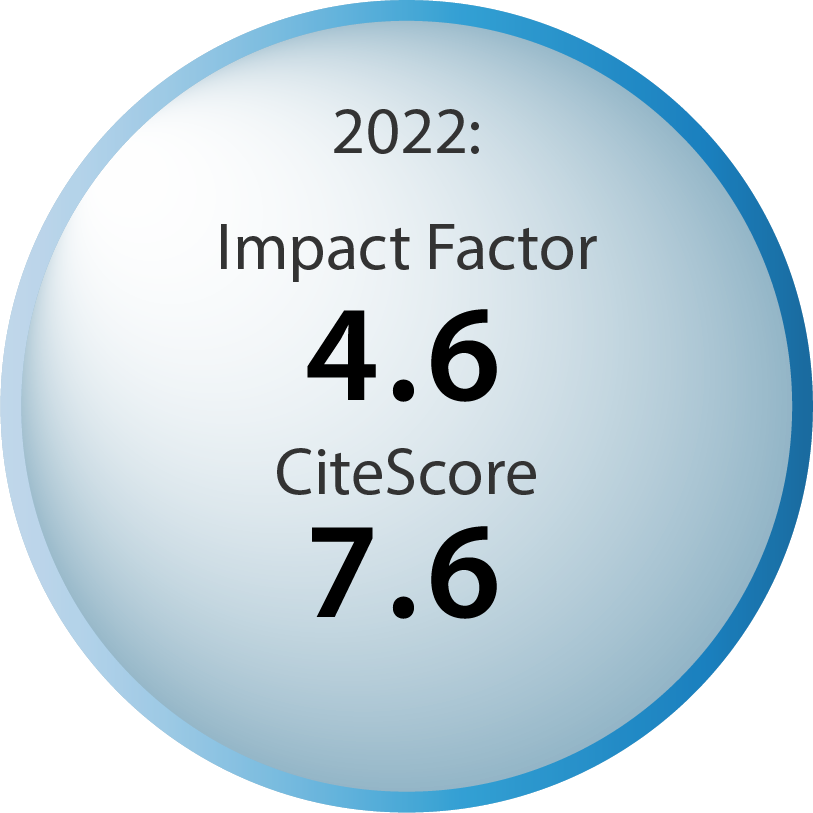Research Articles:
Microbial Cell, Vol. 12, No. 1, pp. 53 - 64; doi: 10.15698/mic2025.03.845
Ampicillin treatment in persister cell studies may cause non-physiological artifacts
1 Max Perutz Labs, Vienna Biocenter Campus (VBC), Dr.-Bohr-Gasse 9 / Vienna Biocenter 5, 1030, Vienna, Austria. 2 University of Vienna, Max Perutz Labs, Department of Microbiology, Immunobiology and Genetics, Dr.-Bohr-Gasse 9 / Vienna Biocenter 5, 1030, Vienna, Austria.
Keywords: persister cells, antibiotic treatment, ampicillin, ribosomal proteins, extraribosomal functions of r-proteins.
Received originally: 13/11/2025 Received in revised form: 10/02/2025
Accepted: 20/02/2025
Published: 20/03/2025
Correspondence:
Michel Fasnacht, Dr.-Bohr-Gasse 9, 1030 Vienna, Austria; +43 1 4277 54632; michel.fasnacht@univie.ac.at
Isabella Moll, Dr.-Bohr-Gasse 9, 1030 Vienna, Austria; +43 664 6027754606; isabella.moll@univie.ac.at
Conflict of interest statement: The authors declare no conflicts of interest.
Please cite this article as: Michel Fasnacht, Hena Comic, Isabella Moll (2025). Ampicillin treatment in persister cell studies may cause non-physiological artifacts. Microbial Cell 12 53-64. doi: 10.15698/mic2025.03.845
Abstract
Persister cells are a clinically relevant sub-population of an isogenic bacterial culture that is tolerant to bactericidal antibiotics. With the aim to investigate the ribosomal protein content of persister cells, we employed the bacteriolytic properties of ampicillin to separate persister from sensitive cells. Thereby, we observed processing of several ribosomal proteins. Promisingly, we detected a variant of the large subunit protein uL2 that lacks the last 59 amino acids from its C-terminus (tL2) and which previously has been described as an inhibitor of DNA replication in vitro. Considering the increasing number of moonlighting functions described for ribosomal proteins, we investigated a potential regulatory role of tL2 in persister cells after ampicillin treatment. In contrast to our assumption, our findings show that the generation of tL2 after ampicillin treatment must be attributed to proteolysis upon cell lysis. Ultimately, no tL2 was detected intracellularly of purified persister cells isolated by an improved protocol employing proteinase K treatment. We therefore exclude the possibility of tL2 regulating DNA replication in ampicillin tolerant E. coli cells. Nevertheless, this study clearly highlights the necessity of further purification steps in addition to ampicillin treatment for the study of persister cells and invites for the careful re-examination of previously published results.
For full text please see pdf.
SUPPLEMENTAL INFORMATION
![]() Download Supplemental Information
Download Supplemental Information
AUTHOR CONTRIBUTIONS
MF: Conceptualization, Methodology, Investigation, Writing – Original Draft, Visualization, Supervision, Funding acquisition HC: Valida-tion, Investigation, Writing – Review and Editing IM: Conceptualization, Resources, Data Curation, Writing Review and Editing, Project Administration, Funding acquisition.
ACKNOWLEDGMENTS
Fluorescence microscopy analyses were performed with the help of the BioOptics – Light Microscopy Facility at Max Perutz Labs. Special thanks to Irmgard Fischer for her support and training. This research was funded in whole or in part by the Austrian Science Fund (FWF) 10.55776/ESP307 and 10.55776/F80.
COPYRIGHT
© 2025

Ampicillin treatment in persister cell studies may cause non-physiological artifacts by Fasnacht et al. is licensed under a Creative Commons Attribution 4.0 International License.









